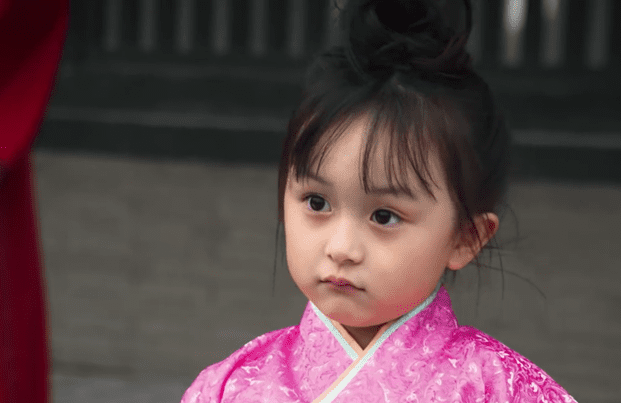In many Chinese historical dramas, kids are styled like miniature adults — with elaborate buns, crowns, and ornate hairpins. But the truth is, ancient Chinese children hairstyles were vastly different. In history, a child’s hairstyle evolved naturally with their age, reflecting innocence, growth, and cultural meaning.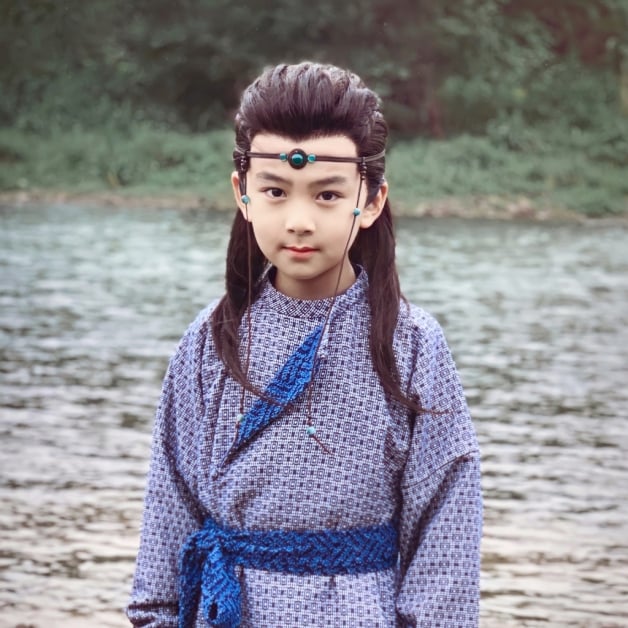
1. The Three Stages of Ancient Chinese Children Hairstyles
In ancient China, a child’s hair wasn’t just for looks — it symbolized their growth and social stage. The typical journey went through shaving, growing, and binding.
a. The Shaved Head (“Tiaofa”) Stage
In infancy, babies’ hair — known as “fetal hair” — was soft and thin. Families often shaved it repeatedly, believing it would grow thicker. Ancient texts described children with “yellow hair and dangling locks” — the earliest form of ancient Chinese children hairstyles recorded in poetry and paintings.
b. The “Zongjiao” or Twin-Bun Stage
As hair grew longer, kids entered the zongjiao (总角) stage — tying hair into two playful knots on each side of the head. This was both practical and adorable.
The Book of Songs (Shi Jing) described it vividly:
“Graceful and lovely, with hair in twin knots.”
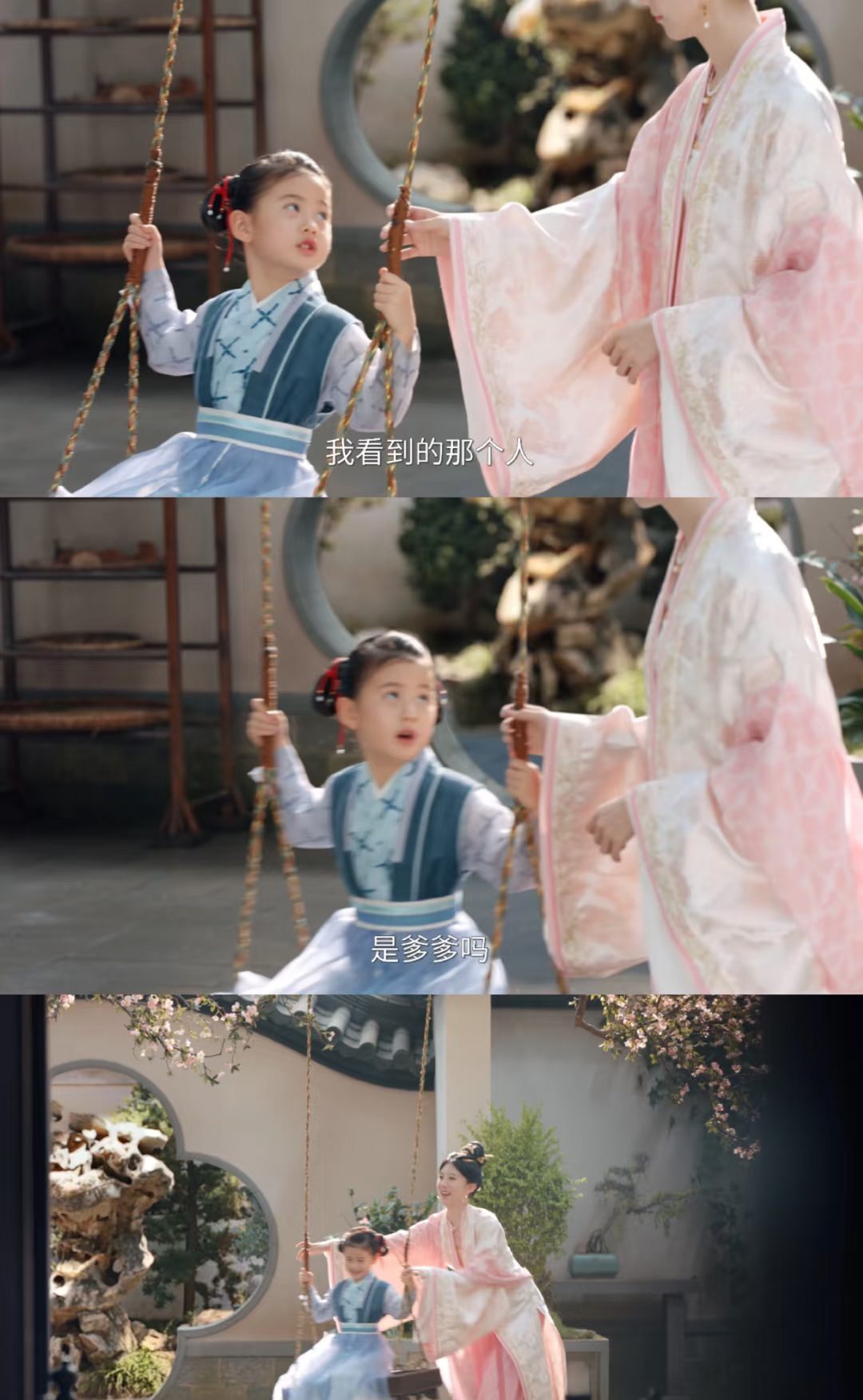
The hairstyle name itself means “gathering the hair into two horns.” Children often decorated their buns with colorful ribbons or silk ties — showcasing joy and personality.
Archaeological art like the Cizhou Kiln Children Playing Picture from the Song and Jin Dynasties depicts authentic zongjiao and “shaved head” hairstyles
c. The Bound Hair (“Liufa”) Stage
By their teenage years, children’s hair grew long enough to tie up into low buns or ponytails. This was the liufa or “bound hair” stage.
Sometimes, they left short bangs in front — the origin of the word “bangs” (from the ancient term “liu”).
Younger teens might still wear simple cloth bands or wraps called tongzi ze, showing they weren’t yet adults. The Book of Later Han mentions:
“The boy’s cap is hollow — showing he has not yet matured.”
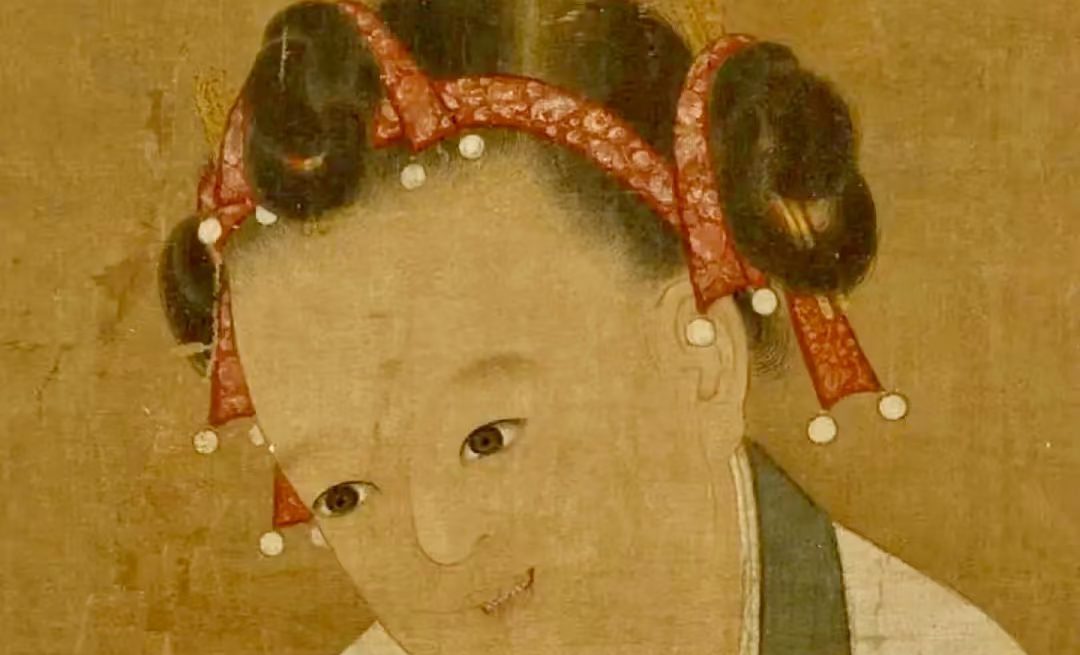
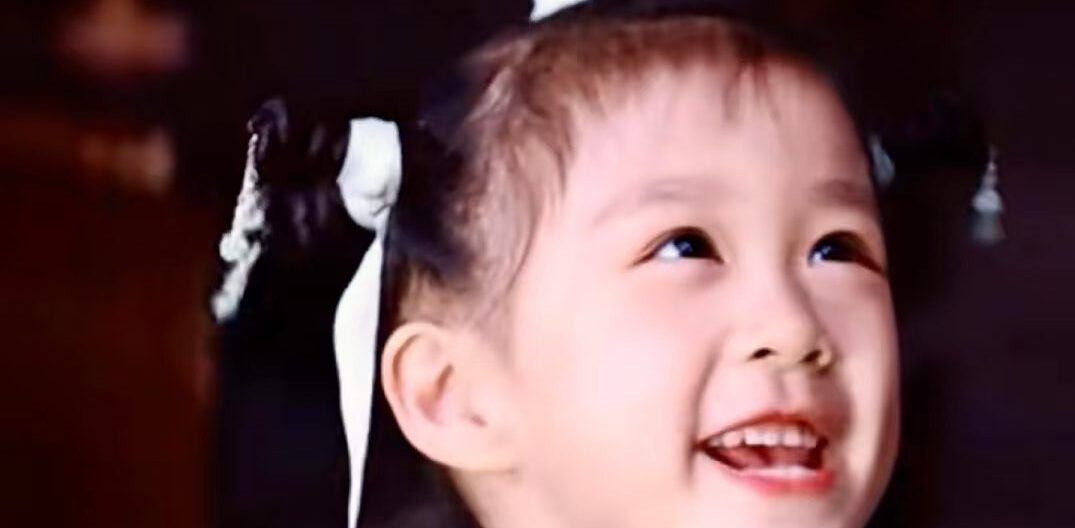
These styles highlighted the natural transition from childhood to adolescence, before reaching the full adult “coming of age” look.
2. Costume Dramas and the “Mini-Adult” Makeover
Modern costume dramas often ignore this cultural logic. To create grand visuals, young actors are styled with adult hairstyles — elaborate buns, crowns, or stiff headpieces. This erases childhood charm and makes every character look the same age.
Popular shows like The Story of Minglan, Joy of Life, and A Journey to Love have been criticized for this “mini-adult” aesthetic. Fortunately, some newer dramas are making corrections — letting kids wear authentic ancient Chinese children hairstyles that feel historically accurate and age-appropriate.
3. The Cultural Meaning Behind Traditional Kid Hairstyles
Hairstyles in ancient China carried deep symbolism. The “zongjiao hairstyle” represented purity, youth, and friendship. The phrase “friends from the zongjiao years” meant childhood companions, while “zongjiao feasts” described children’s joyful gatherings.
These symbolic stages taught kids patience and self-awareness — their hairstyles changed as they matured. Reintroducing authentic ancient Chinese children hairstyles in costume design helps honor that timeless rhythm of growing up.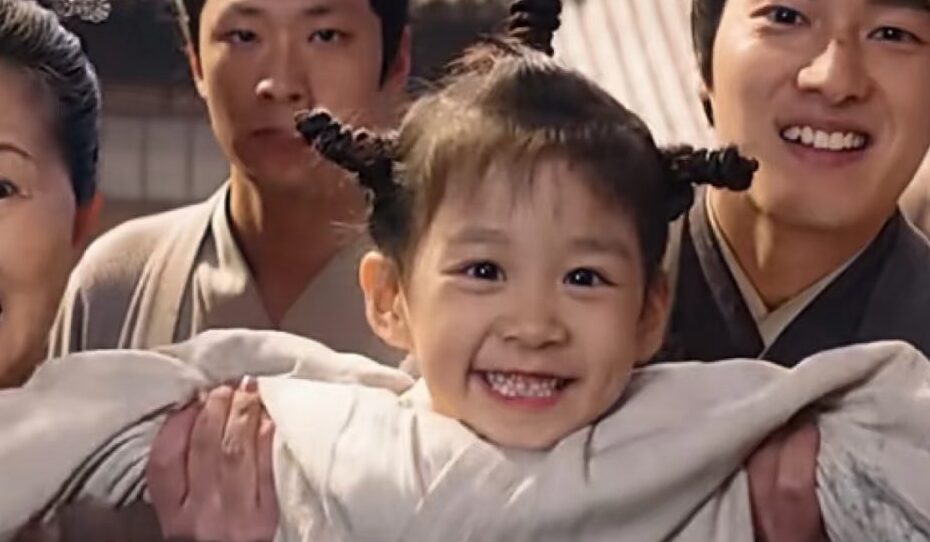
4. How to Style Hanfu for Kids Naturally
If you’re dressing your child in Hanfu for a festival or photo shoot, here are some simple ways to stay historically accurate while keeping it fun:
Match age with hairstyle: toddlers with short hair or one small tuft; older kids with twin buns or short braids.
Use ribbons, not crowns: ancient children’s hair ties were often colorful silk bands.
Keep it soft and simple: avoid overly adult accessories; let the hairstyle highlight youth.
Add texture: fabric wraps, headbands, or bows bring visual interest.
5. Why Getting It Right Matters
Understanding the evolution of ancient Chinese children hairstyles does more than improve costume design — it preserves cultural truth. Each stage of hair growth marked an important chapter in a child’s life. From the soft “tiaofa” fuzz of infancy to the playful “zongjiao” knots of early youth, and finally the formal “liufa” of adolescence, these transitions symbolized growth, innocence, and joy.
When costume dramas respect these nuances, they not only look more authentic but also tell deeper, more human stories — reminding us that even in history, childhood had its own beauty and individuality.
Conclusion
So next time you watch a period drama and see a little boy with a high adult bun or a little girl wearing a queen’s headdress — you’ll know the truth. Ancient children didn’t need adult hairstyles to shine. Their charm came from natural innocence, colorful ribbons, and simple joy.
Maybe it’s time for costume dramas to grow up — and let kids stay kids.

